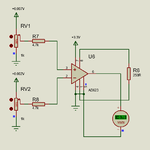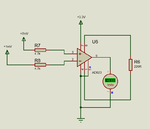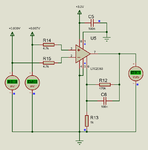baileychic
Advanced Member level 3

I am designing a weighing scale. I don't want to use HX711. I want to use 24-bit ADC (differential input). 3.3V excitation voltage will be provided to load cell and differential output is connected to ADC inputs.
The output voltage of Load Cell is 7 mV. Should I use OpAmp with ADC. If yes, how can I use a single OpAmp to feed the difference signals and get amplified signal ?
I am using PIC18F Micrcontroller for the weighing scale.
The output voltage of Load Cell is 7 mV. Should I use OpAmp with ADC. If yes, how can I use a single OpAmp to feed the difference signals and get amplified signal ?
I am using PIC18F Micrcontroller for the weighing scale.





